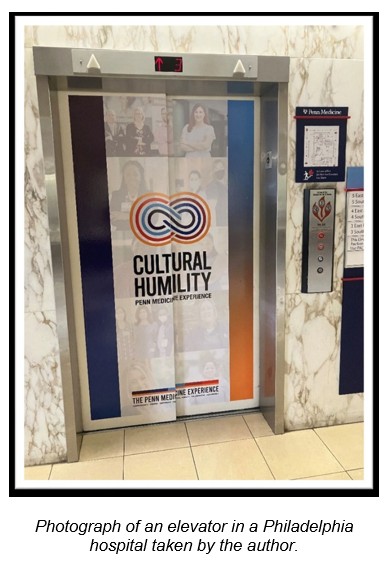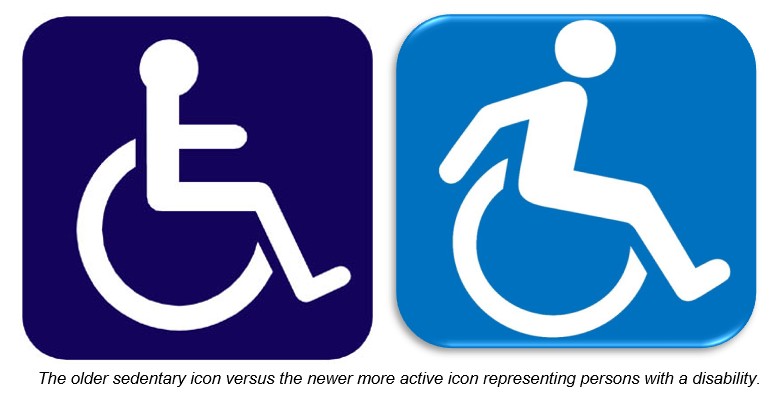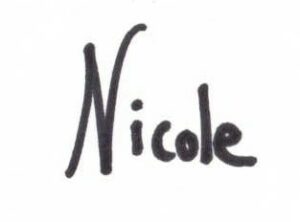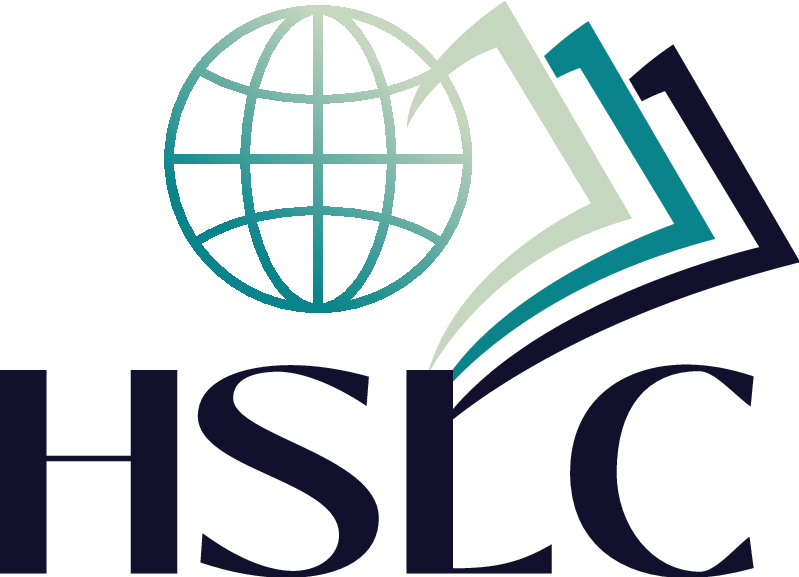
Lately, it seems, talking with my friend’s 15-year-old often requires a translator – they use words and phrases unfamiliar to me as a Gen Xer. It can be difficult to keep up with how language is continuously evolving and trying to do so can be a humbling, but ultimately rewarding experience.
While contemplating the evolution of language, I snapped the adjacent photograph at a Philadelphia hospital; the elevator doors were wrapped to showcase the term “Cultural Humility.” Digging deeper into the hospital’s campaign, I discovered an article on Cultural Humility on the hospital’s website: Honing Cultural Humility Skills Can Improve Health Care as a Whole – Penn Medicine.
The article’s powerful statement follows:
– Cultural humility focuses on lifelong learning, self-reflection, removing power differentials (such as provider and patient), and demonstrating equal respect for different beliefs and points of view. In other words, an individual’s knowledge of someone else’s culture will always be limited because they cannot walk in their shoes.
It is imperative that we embrace this concept of cultural humility and apply it towards the work we do as librarians. How a community refers to itself may evolve over time, reminding us that cultures shape our communities and our history. As an example, we once referred to someone with a disability as a disabled or handicapped person. Today, cultural humility urges us to use person-first language, focusing on the person – a person with a disability rather than a disabled person. This progression is also seen in the persons with disability icon evolving from the more sedentary icon on the left to the more active icon on the right.
We can apply this path of learning to how we reach our patrons. Whether in conversation or via our promotional materials, we should consider inclusive language when interacting with library users and community members. Our word choices should be deliberate and thoughtful, being considerate of the audiences we serve.
The onus is on us and our profession to be open to learning about such evolutions and to shift our inward thinking towards cultural humility when we make a mistake. We can thank those who correct us and further educate ourselves on the specific groups that are present in our own communities.
The Inclusive Language Guide put forth by the American Psychological Association provides helpful insights on inclusive language. I recommend downloading the PDF, which provides a helpful table of contents that you can browse to review topics including “General Terms Related to Equity and Power,” “Person-First and Identity-First Language,” and “Identity-Related Terms.” The last section “Avoiding Microaggressions in Conversation” provides examples of outdated terms and makes suggestions for better word choices, which I found very useful.
A shorter TL;DR version can be found via the Brief Guide to Bias-Free and Inclusive Language, which sums up topics and guidelines to consider with helpful examples on a single page. With the topics being age; disability; gender; race and ethnicity; sexual orientation; and socioeconomic status, the provided examples can be applied to any community.
It can seem overwhelming when beginning this work. Looking for some guidance in making your outreach materials more reflective of your community? Contact us and we can help.

Nicole Joniec, Digital Collections Specialist


